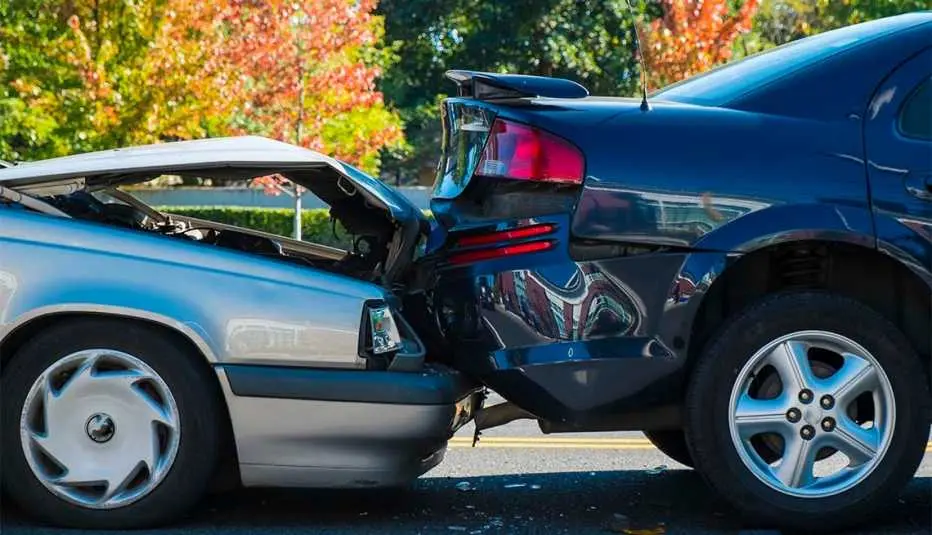Car accidents can be traumatic experiences, and the aftermath can often be just as overwhelming, especially if you find yourself involved in a lawsuit. Understanding what happens during a car accident lawsuit can help you navigate the process with more confidence and less stress. This guide provides a step-by-step breakdown of what to expect, ensuring you’re well-prepared for each stage of the legal journey.
The Initial Consultation
The first step in a car accident lawsuit is the initial consultation with a car accident lawyer. During this meeting, your attorney will evaluate the details of your case, gather essential information, and discuss potential legal strategies. It’s an opportunity for you to ask questions about the likelihood of success, potential costs, and the estimated timeline of your case. Your lawyer will also explain your rights and the possible outcomes, helping you make informed decisions moving forward.
Filing the Lawsuit
Once you’ve decided to proceed, the next step is filing the lawsuit. Your attorney will prepare a complaint, which outlines your legal claims against the defendant, and file it with the court. This is known as the “complaint and summons” stage. The defendant, typically the person or entity you believe is responsible for the accident, will be served with a summons, notifying them of the lawsuit and requiring them to respond.
Understanding the legal terminology in this step is crucial. The “complaint” is the document that starts the lawsuit, while the “summons” is the official notice to the defendant. As the plaintiff, you are the one bringing the lawsuit, and your complaint will detail the damages you are seeking.
The Discovery Phase
After the lawsuit is filed, both parties enter the discovery phase. This is where the exchange of information takes place. During discovery, your lawyer and the defendant’s lawyer will request and exchange evidence, documents, and other relevant information related to the case. The goal is to build a strong case by gathering as much evidence as possible.
Two key components of discovery are depositions and interrogatories. A deposition is a formal, sworn testimony given by a witness or party to the lawsuit, typically recorded by a court reporter. Interrogatories, on the other hand, are written questions that must be answered under oath. Both are critical in uncovering facts that may support your case.
In some cases, expert witnesses may be brought in during discovery. These are professionals with specialized knowledge relevant to your case, such as accident reconstruction experts or medical professionals. Their testimonies can provide crucial insights that may strengthen your position.
Pre-Trial Motions and Hearings
Before the trial begins, there may be pre-trial motions and hearings. These are legal requests made by either party, often to dismiss certain claims, request a summary judgment, or settle the case out of court. Your lawyer may engage in settlement negotiations during this phase, where both sides attempt to reach a mutually agreeable resolution without going to trial. Settlements can save time and money, but it’s important to carefully consider any offers with your attorney.
The Trial Process
If the case proceeds to trial, the first step is jury selection. The jury plays a vital role in determining the outcome of the trial, and both sides have the opportunity to select or dismiss potential jurors. Once the jury is selected, the trial begins with opening statements, where each side presents an overview of their case.
During the trial, evidence is presented, and witnesses testify. Your lawyer will work to demonstrate that the defendant is liable for the accident and should be held responsible for your damages. After all evidence is presented, both sides deliver closing arguments, summarizing their positions and urging the jury to rule in their favor.
The jury then deliberates and reaches a verdict, deciding whether the defendant is liable and, if so, the amount of compensation you are entitled to receive.
The Verdict and Post-Trial Motions
When the jury reaches a verdict, the outcome of the trial is announced. If the verdict is in your favor, the next step is to collect your settlement or judgment. However, the defendant may file post-trial motions, such as a motion for a new trial or to alter the judgment. These motions can delay the resolution of your case, so it’s important to discuss your options with your lawyer.
Collecting Your Settlement or Judgment
Once a favorable verdict or settlement is reached, the process of collecting your compensation begins. In some cases, collecting the full amount can be challenging, particularly if the defendant lacks the financial resources to pay. Your attorney can guide you through the collection process and explore legal options if payment issues arise.
Understanding the Appeals Process
If either party is dissatisfied with the verdict, they may choose to appeal the decision. The appeals process involves reviewing the trial’s proceedings to determine if there were any legal errors that could have affected the outcome. Appeals are complex and can extend the duration of your case, so it’s essential to have experienced legal representation if this step becomes necessary.
Conclusion
Navigating a car accident lawsuit can be a complex and daunting process, but understanding each step can help you feel more prepared and in control. From the initial consultation with a car accident lawyer to the potential appeals process, knowing what to expect at every stage is key to achieving a favorable outcome. If you’re involved in a car accident lawsuit, having a knowledgeable attorney by your side is crucial to guide you through the legal system and help you secure the compensation you deserve.
